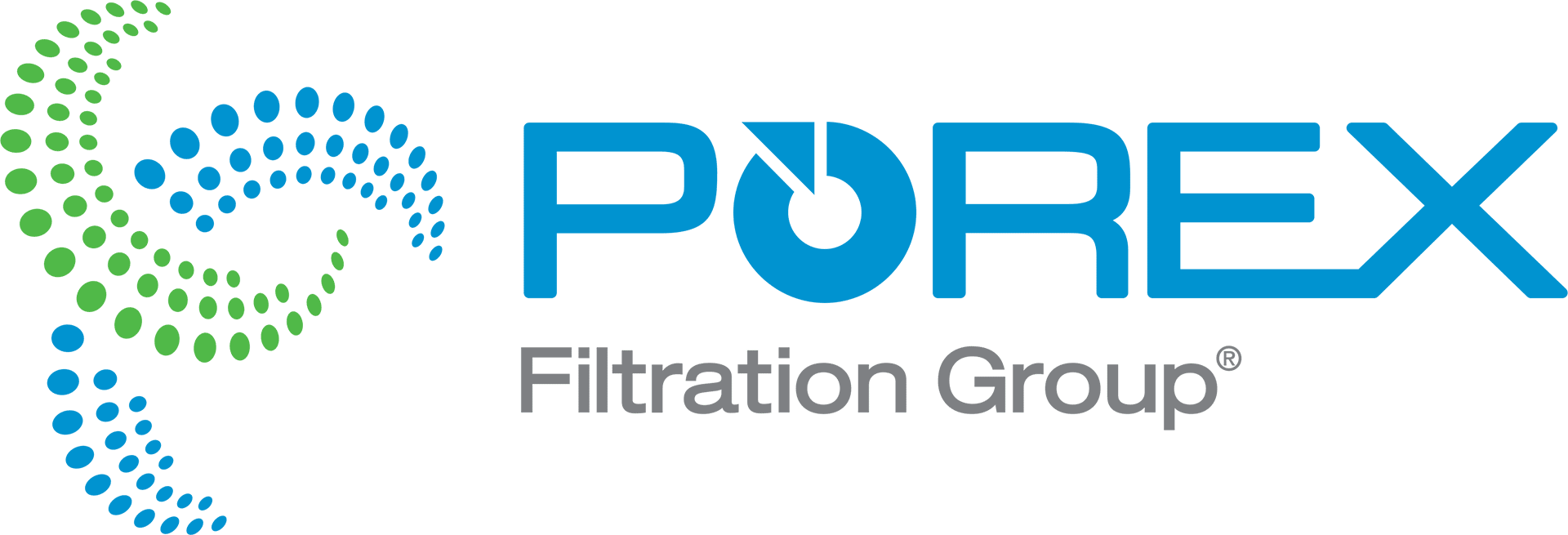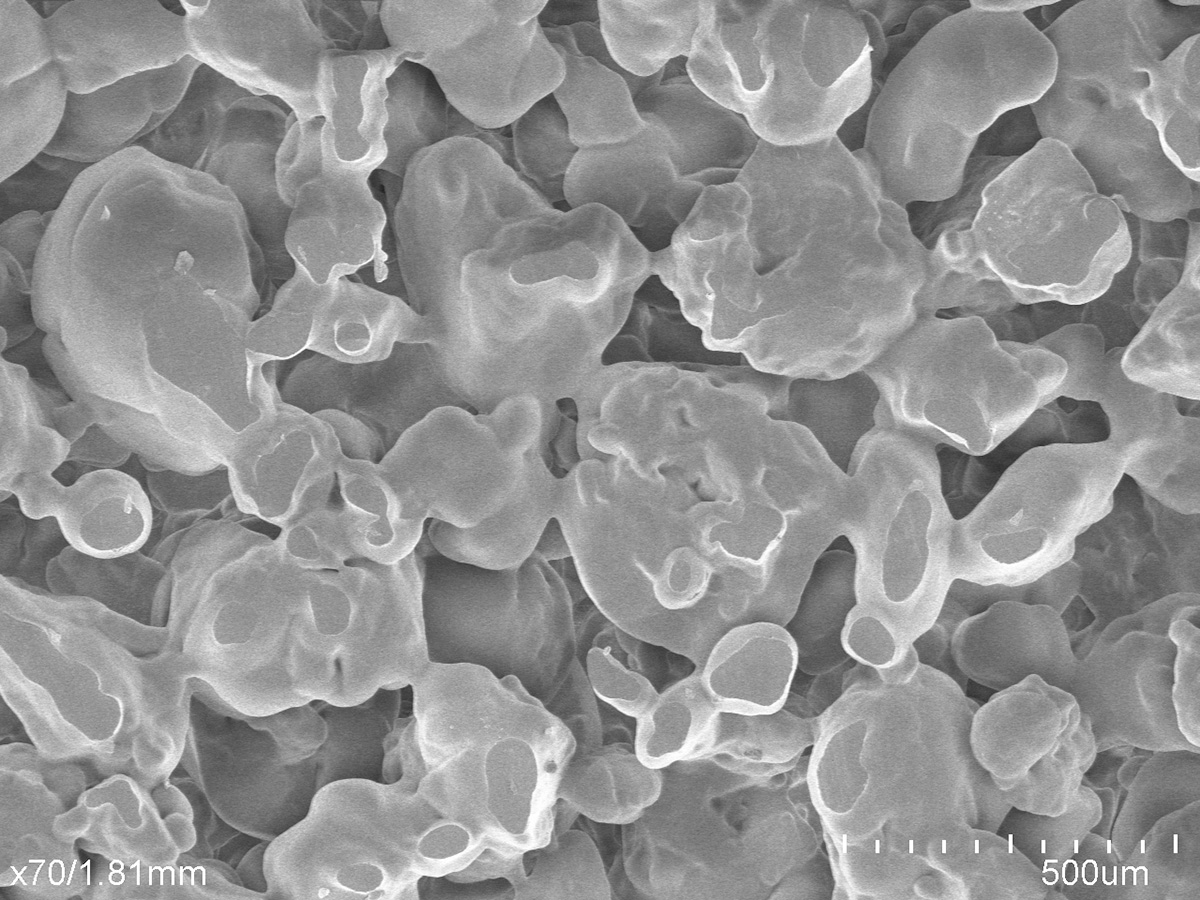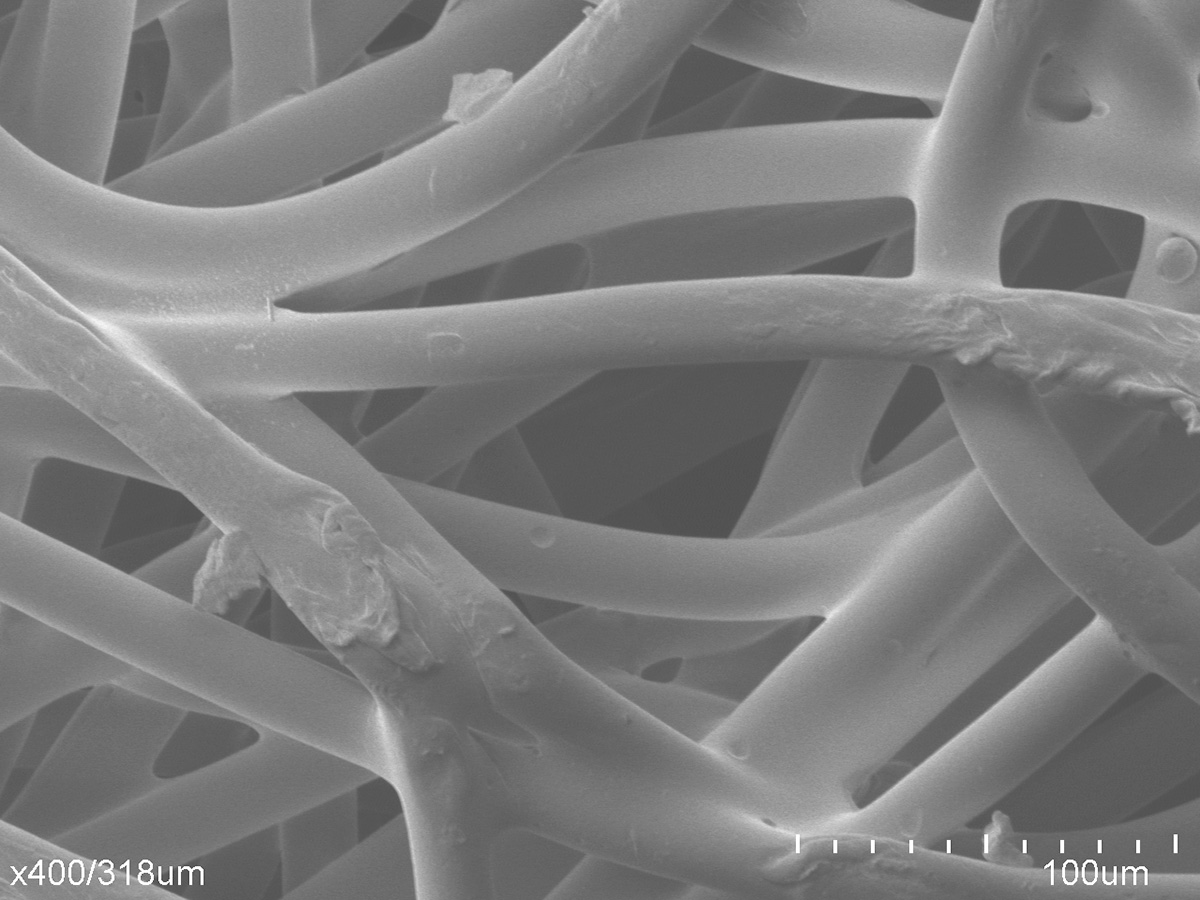Porex Lead-Acid Battery Vents Improve Automobile Safety
In 1974, Porex introduced the very first porous plastic vent designed and engineered for use as a flame arrestor for lead-acid batteries. Since then, Porex has produced billions of porous plastic vents supplied to battery manufacturers globally.
POREX® Battery Vents are utilized as single and multiple component flame arrestors and designed to provide a durable, cost-effective venting solution that meets the technical and performance requirements of commercial lead-acid batteries. In addition to preventing sparks from entering the battery, POREX® Battery Vents provide controlled airflow, venting, and optimized back pressure reducing the risk of acid spillage and aerosol emissions.
The battery vents can be assembled using heat staking or ultrasonic welding techniques, making them easy to use in high-volume automated assembly lines.


In addition to standard items, products may be customized to meet specific geometrical and performance requirements, including high temperature performance, custom air-flows, custom materials and dimensions.
Related Resources

Porex Virtek® IP-Rated Protection Vents Brochure
Explore the portfolio of robust Porex Virtek® IP-Rated Protection Vents for electronics and automotive applications.

PTFE Video Venting Series: Porex Virtek PTFE vs ePTFE in a Battery Safety Vent Emergency Situation
A short video highlighting the advantages of Porex Virtek® PTFE over ePTFE in battery safety vent emergency situations.

IP-Rated Vents for Automotive Applications Brochure
Discover the capabilities of POREX® IP-rated PTFE vents specifically designed for automotive applications, enabling rapid pressure equalization and ensuring effective protection.

EV Venting Membranes Brochure
Learn about Porex Virtek PTFE EV battery venting membranes as a cutting-edge solution for battery safety, longevity, and performance.

Lead Acid Battery Vents Brochure
Explore Porex’s portfolio of standard and customizable lead acid battery vent products with for a variety of assembly methods.



